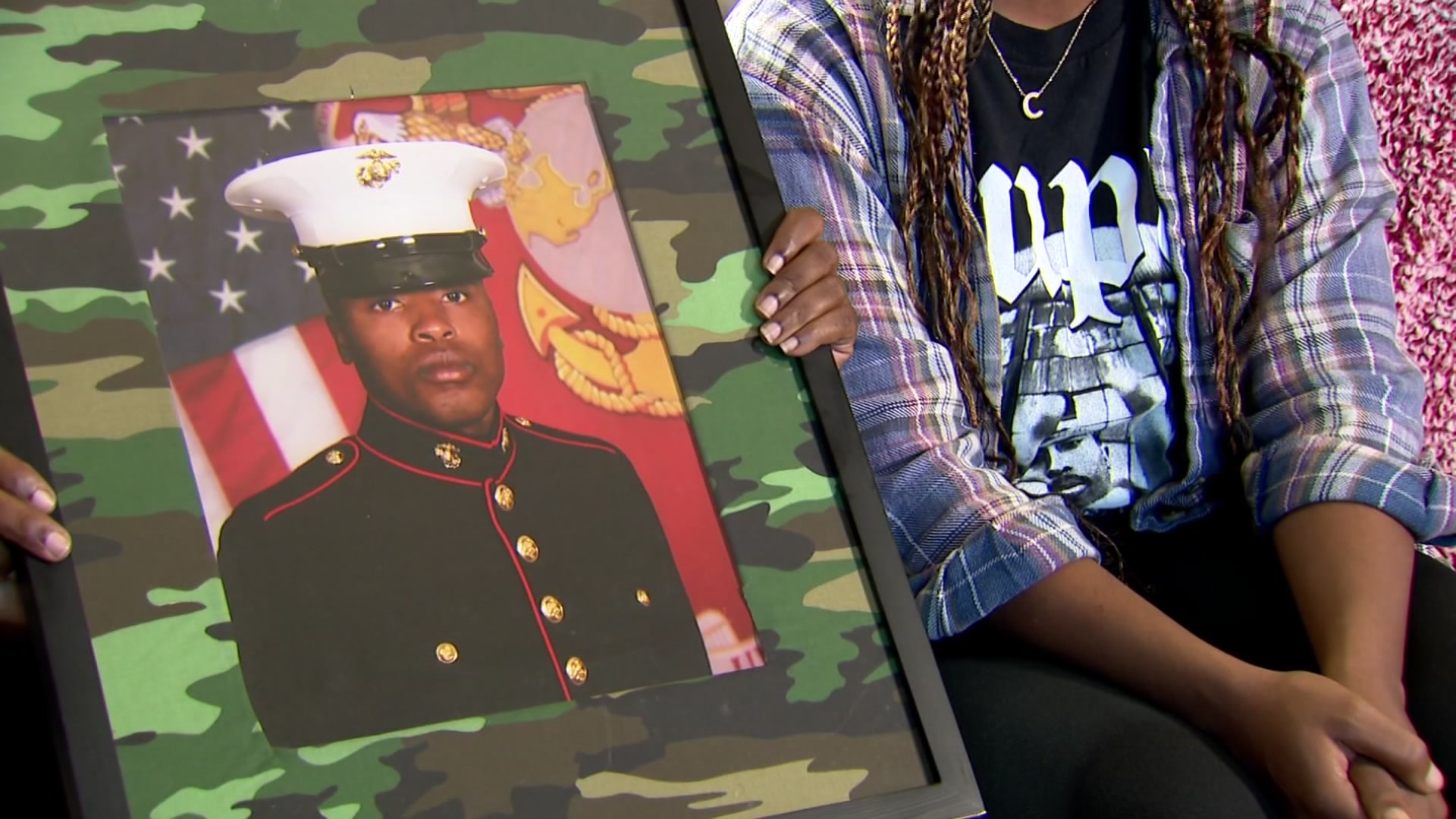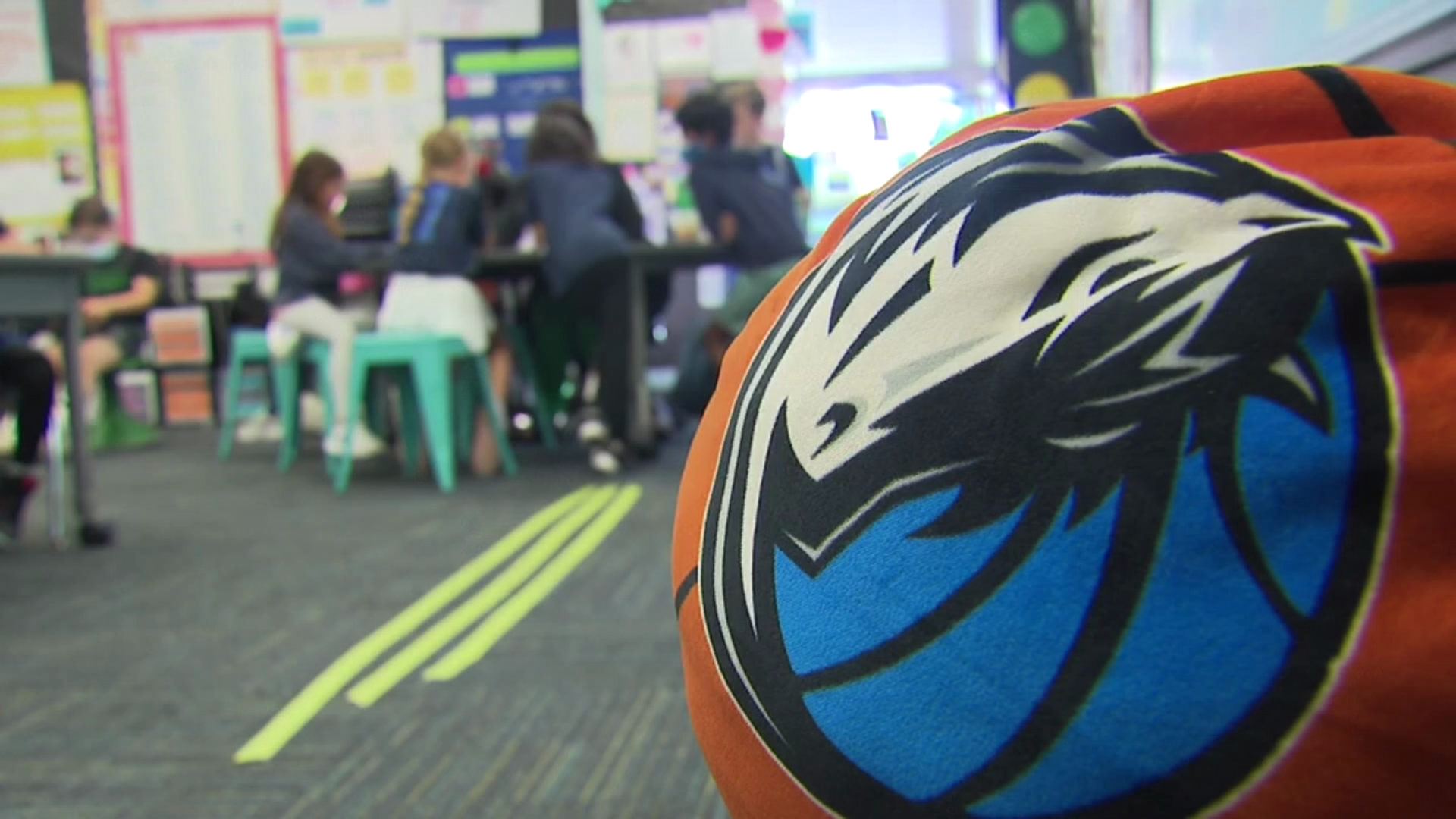JFK. Three letters that instantly bring to mind a time of political and social change in America, a young family newly ensconced in the White House and a tragic murder in Dallas, Texas, that would change the popular culture forever.
Through their seemingly perfect life in the White House to that fateful day in Dallas, the Kennedys have inspired countless authors and filmmakers to revisit and reimagine those heady Camelot years. But it was Kennedy's assassination that fundamentally changed not only how audiences would come to digest breaking news, but also the broader entertainment landscape.
"We cannot underestimate the impact those four days of television coverage had on the culture and on the future of television and news coverage and breaking news," says Robert Thompson, director of the Bleier Center for Television and Popular Culture at Syracuse University, of the shooting of President John F. Kennedy on November 22, 1963.
We also can't underestimate the effect of the Kennedy assassination on the box office. "JFK," "Ruby and Oswald," "Interview with the Assassin," "Ruby," "The Kennedys" and "Parkland" are all movies or miniseries based on or around the shooting of the 35th President of the United States. Likewise, a search for "Kennedy assassination" on Amazon.com delivers more than 6,000 results. And that's just under the book category.
From the tragic event in Dallas' Dealey Plaza to the shooting of suspect Lee Harvey Oswald to the release of the Zapruder footage and the still popular conspiracy theories, the death of President Kennedy continues to loom large on the American psyche.
The Television Coverage
"The coverage of the JFK assassination was probably the biggest TV news coverage until September 11 occurred," says Thompson. "I think it even trumps the landing on the moon."
Local
The latest news from around North Texas.
At the time of his death Kennedy was already the first media president, owing in part to the televised presidential debates with Nixon in 1960, the first ever to be beamed into living rooms.
Once in office it was the media that helped personalize the new President and his young family. Of particular note was a rare glimpse inside the White House when the first lady invited everyone in for a prime-time personal tour during a Valentine’s Day, 1962, broadcast. Jack, Jackie, Caroline and John Jr. had become familiar faces in the nation's living rooms. Kennedy's assassination, however, would cement their position as one of the most discussed first families in the history of the White House.
In what is perhaps the most well-known television coverage of the event, CBS news anchor Walter Cronkite confirms the death of the President to the audience at home. Cronkite's voice catches, he takes off his glasses and he appears to be fighting back tears as he announces that it is now official that the President is dead.
While breaking news broadcasts are common place across today's media landscape, the announcement of Kennedy's death and the subsequent television coverage was something previously never experienced by television audiences.
"We should remember that right into September of 1963--only two months before the assassination--network news broadcasts were only 15 minutes long," explains Thompson. Once Kennedy's death was confirmed, the networks went to almost non-stop coverage over the course of four days. "It became a profound ritual that unfolded in the American soul," Thompson says of the period that had American's glued to their sets like never before.
"We get the assassination announcement. Then over the weekend they fill in the blanks: They identify Lee Harvey Oswald. Then there is the viewing of the body that is taking place in the Capital. That’s already breaking news that is then interrupted when they are moving Oswald to another facility and he gets shot," adds Thompson. "Right there. You couldn’t quit watching television because you did not know what you were going to miss."
Normal 0 false false false EN-US X-NONE X-NONE /* Style Definitions */ table.MsoNormalTable {mso-style-name:"Table Normal"; mso-tstyle-rowband-size:0; mso-tstyle-colband-size:0; mso-style-noshow:yes; mso-style-priority:99; mso-style-parent:""; mso-padding-alt:0in 5.4pt 0in 5.4pt; mso-para-margin-top:0in; mso-para-margin-right:0in; mso-para-margin-bottom:10.0pt; mso-para-margin-left:0in; line-height:115%; mso-pagination:widow-orphan; font-size:11.0pt; font-family:"Calibri","sans-serif"; mso-ascii-font-family:Calibri; mso-ascii-theme-font:minor-latin; mso-hansi-font-family:Calibri; mso-hansi-theme-font:minor-latin; mso-bidi-font-family:"Times New Roman"; mso-bidi-theme-font:minor-bidi;} Those four days delivered broadcast news into a new level of maturity, changing the way people received and digested news.
The Warren Commission Report, Zapruder Footage and Conspiracy Theories
The commission on the assassination of Kennedy, known unofficially as the Warren Commission, was established on November 29, 1963, by President Lyndon Johnson. Named for its chairman, Chief Justice Earl Warren, the 888-page report was released on Sept. 27, 1964 and officially concluded that Lee Harvey Oswald had acted alone. It further found that Jack Ruby's murder of Oswald, while Oswald was in police custody, was also not part of any conspiracy.
Forming part of the Warren Commission hearings, private citizen Abraham Zapruder's silent, color motion picture sequence shot on a 8mm home-movie camera has been called one of the most complete representations of the assassination.
Taken from an elevated position in Dealey Plaza, the footage captures the fatal shot to President Kennedy's head as his limousine was almost exactly in front of, and slightly below, Zapruder's location. Instead of removing any doubt over the death, the footage only served to produce more theories about a cover up, including the notion that there must be more than one gunman due to the angle of the President's head when he is shot.
Many who poured over each frame of the Zapruder film believed the shooter was in front of the limousine (possibly on the grassy knoll next to Elm Street in the Plaza) and not at Oswald's position in the book depository behind at the rear of the motorcade.
"That is arguably the most carefully examined minute of film in the history of film," said Thompson. "It was restored by the Library of Congress not long ago so you can see it ways you couldn’t before and that becomes part of the pop culture legacy as well."
Rather than closing the book on the JFK assassination, the Warren Commission and the Zapruder footage merely served as fuel for a fire stoked by doubt and suspicion surrounding the event. Was Oswald working alone? Who was behind the assassination of the assassin? Was evidence tampered with? These questions have become grist for filmmakers and authors ever since.
The Ongoing Fascination
"People in power are afraid to ask the obvious questions," director Oliver Stone told the late film critic Roger Ebert when discussing his film "JFK" in 1991. "From Day 1, they accepted the cover story that Oswald did it alone. Oswald said he was the patsy. A lot of people believed him, but not the establishment. Since that day, the media has chanted the mantra that Oswald did it alone. But the American public, which has been brainwashed with that for 28 years, has never accepted it. They smell a rat."
"JFK"--which to date has grossed over $200 million at the worldwide box office and is perhaps the most well known motion picture depicting the assassination--tells the story of New Orleans District Attorney Jim Garrison (Kevin Costner), who remains the only prosecutor to bring someone to trial for an alleged conspiracy to kill Kennedy. Many believe the film helped legitimize the idea that there was more going on in Dallas in 1963 than what was reported.
”He made this kind of paranoid conspiracy theory respectable,” Arthur Goldwag, author of “Cults, Conspiracies, and Secret Societies,” told the Associated Press.
About 6 in 10 Americans still believe multiple people were involved in a conspiracy to assassinate Kennedy, while only one-fourth think Oswald acted alone, according to an Associated press-GfK survey done in mid-April. Belief in a conspiracy, however, has actually declined since a 2003 Gallup poll found 75 percent said they thought Oswald was part of a wider plot.
With the 50th anniversary of the assassination now upon us, today's authors continue to find fascination in the event. Dozens of books concerned with Kennedy's life and death and that of Lee Harvey Oswald are due to be released in the period surrounding November 22.
Likewise, filmmakers have once again taken inspiration from the assassination.
A made for television movie based on the book “Killing Kennedy,” co-written by Fox News host Bill O’Reilly and writer Martin Dugard aired on the National Geographic Channel on Sunday Nov. 10. Starring Rob Lowe as the president and Ginnifer Goodwin as the first lady, it attracted record ratings with more than 3.4 million viewers tuning in.
Selling more than 2 million copies since its release in 2012, the book that it is based on drew criticism for alleged historical inaccuracies and lack of documentation. In a note to readers, O’Reilly wrote: “In our narrative, Martin Dugard and I go only as far as the evidence takes us. We are not conspiracy guys, although we do raise some questions about what is unknown and inconsistent.”
In an interview with USA Today, O'Reilly admits that while researching the book he found no evidence of a conspiracy, but stops short of ruling it out: "I know that Oswald killed Kennedy. Now, was he pushed? Encouraged to do it by outsiders? Possibly. Possibly. Was he sitting down with Fidel Castro? No."
Starring Zac Efron, Paul Giamatti, Marcia Gay Harden and Billy Bob Thornton, "Parkland" hit theaters on Oct. 4. Produced by Tom Hanks, it's a behind-the-scenes dramatization of the events surrounding the assassination and named for the Dallas hospital where Kennedy was pronounced dead.
The movie weaves together the individual stories of people in the Plaza and later at the hospital. Thornton plays secret service agent Forrest Sorrells, Efron is Jim Carrico (the doctor on duty at Parkland) and Giamatti takes on the role of Abraham Zapruder. The movie is based on the book "Four Days In November," by Vincent Bugliosi.
Another non-fiction book being adapted for the screen is “Legacy of Secrecy” by Lamar Waldron and Thom Hartmann. Leonardo DiCaprio plays FBI informant Jack Van Laningham in the film, which asserts that Mafia godfather Carlos Marcello confessed to Van Laningham to having ordered JFK’s assassination. “Legacy” includes information sourced from declassified FBI files from the National Archives which details the FBI’s clandestine operation with Van Laningham and Marcello’s JFK confession. At publication time the movie did not have a release date.
As the nation revisits the tragic events of November 22, 1963, it seems fitting that "Parkland" director Peter Landesman chose to focus on the experiences of those average Americans who became caught up in the unfolding drama of that day rather than examine the countless conspiracy theories emanating from the event. “'Parkland' is not out to pick a fight and start a dialogue about conspiracy,” Landesman told Deadline. “It is utterly focused on the raw emotion of the weekend.”



